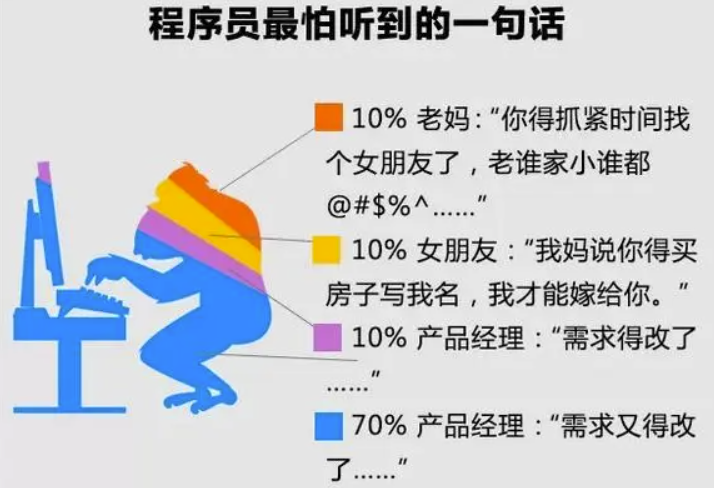We utilized multiple methods to assess the potential causal links between gut microbiota and IBS. These approaches included the fixed/random-effects inverse-variance weighted (IVW) method, weighted median method, MR-Egger regression, and MR pleiotropy residual sum and outlier (MR-PRESSO) test. The IVW method was our primary analysis due to its accurate effect estimates and wide usage in MR-analysis [24–26]. Initially, individual SNPs were used with the Wald estimator and Delta method to calculate ratio estimates. These estimates were then combined to obtain the main causal estimate [27]. Cochran’s Q test was employed to evaluate heterogeneity among selected SNPs. If heterogeneity was present (p < 0.05), we applied the random-effects IVW method; otherwise, we used the fixed-effects IVW method [28].
To ensure robust associations considering valid instruments and potential pleiotropic effects, sensitivity analyses were performed. Firstly, we employed the weighted median method which provides reliable causal effect estimates even when valid instruments are limited [29]. This approach yields valid results even if less than 50% of information comes from invalid instruments [29]. Secondly, we conducted MR-Egger regression to examine potential horizontal pleiotropy by checking the intercept’s p-value (<0.05 indicates possible horizontal pleiotropy of SNPs) [30]. Lastly, the MR-PRESSO test was utilized to detect outliers among SNPs through a global test of heterogeneity. After identifying and removing potential outliers, a corrected association result was obtained [31].
To further explore potential directional pleiotropy, each SNP used as instrumental variables (IVs) was assessed for their associations with secondary phenotypes using GWAS Catalog (http://www.ebi.ac.uk/gwas, last accessed on November 22, 2022). Subsequently, MR analyses were repeated after excluding SNPs associated with other phenotypes.
The associations between human gut microbiota and the risk of IBS were reported as odds ratios (ORs) with 95% confidence intervals (CIs). All MR analyses were conducted using R version 4.2.2 (https://www.r-project.org/) with the “Mendelian Randomization,” “TwoSampleMR,” and “MR-PRESSO” packages.
内容由零声教学AI助手提供,问题来源于学员提问





















